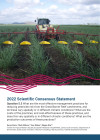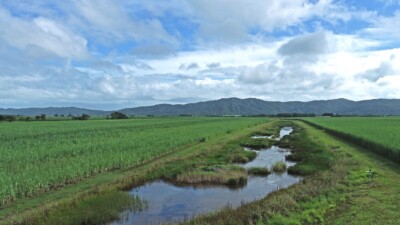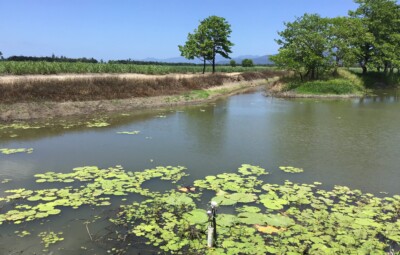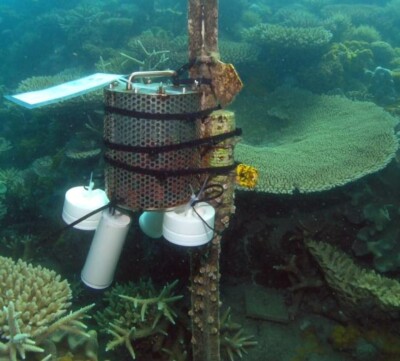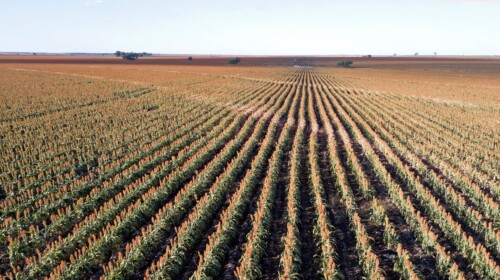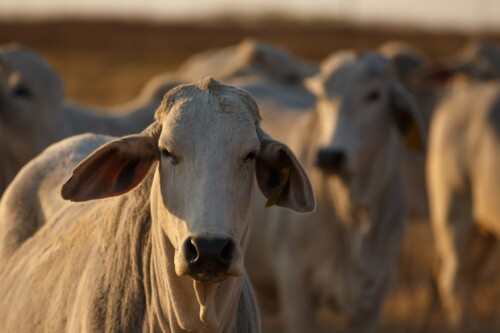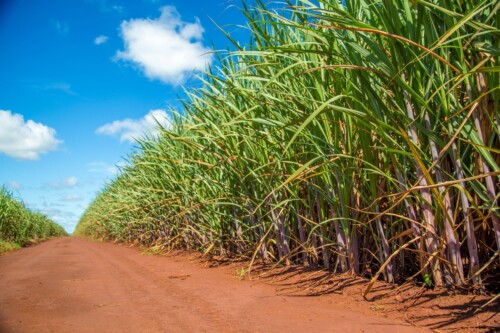Pesticides and other pollutants

What are the most effective management practices for reducing pesticide risk from the Great Barrier Reef catchments, and do these vary spatially or in different climatic conditions? What are the costs of the practices, and cost-effectiveness of these practices, and does this vary spatially or in different climatic conditions? What are the production outcomes of these practices? [Q5.3]
Authors: Aaron Davis1, Mark Silburn2, Tony Weber3, Megan Star4,5
Affiliations: 1Centre for Tropical Water & Aquatic Ecosystem Research (TropWATER), James Cook University, 2Department of Environment, Science and Innovation, 3Alluvium Consulting, 4Star Economics, 5Central Queensland University
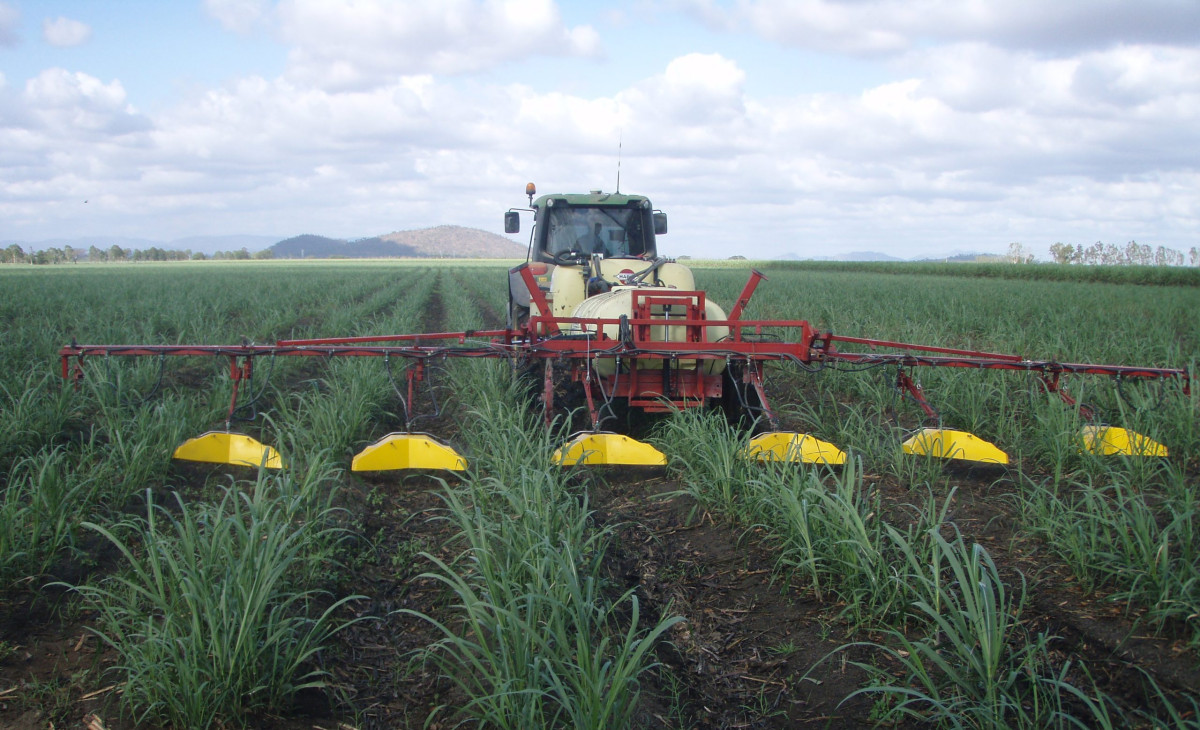
Evidence Statement
The synthesis of the evidence for Question 5.3 was based on 251 studies, undertaken primarily in Great Barrier Reef catchments with a small number of studies from elsewhere in Australia and some international evidence for non-agricultural land uses. Studies were published between 1990 and 2022. The synthesis includes a High diversity of study types (36% experimental, 32% secondary-observational and 32% mixed studies), and has a Moderate confidence rating (based on Moderate consistency and Moderate overall relevance of studies).
Summary of findings relevant to policy or management action
The most effective management practices for reducing pesticide risk from the Great Barrier Reef catchment area vary between land uses. Practices that demonstrably reduce pesticide risk from agricultural land uses include reductions in the total amount of pesticide applied through lower application rates (within label recommendations), improved application methods, timing of application in relation to weather risk periods, use of pesticide products with lower environmental risk, reducing soil erosion through retaining cover, controlled traffic and improved irrigation management for pesticides with greater soil sorption. These findings have remained relatively consistent through time. The effectiveness of these practices also remains relatively consistent across climatic regimes and farming systems of the Great Barrier Reef catchments. Assessment methods for cost-effectiveness of improved pesticide management across different agricultural land uses in the Great Barrier Reef catchment area has been inconsistent and requires an agreed approach to support future assessments. For non-agricultural lands, pesticide management options largely rely on non-structural controls such as regulation and improved wastewater treatment processes. The emergence of significant pesticide resistance across multiple industries is likely to impose (and in some cases has already resulted in) considerable changes in pesticide use and other alternative pest control measures.
Supporting points
- A range of non-chemical pesticide control measures (integrated pest management, cultural controls that modify the pest’s growing environment) hold considerable potential for reducing reliance on chemical control measures, but most are yet to be trialled with respect to long-term pesticide use reductions, efficacy and economic outcomes. Much of the new research (since 2016) has essentially reinforced previous conclusions about the efficacy of many established practices for managing pesticide risks from agricultural lands. Key issues and emerging findings since 2016 include greater recognition of pesticide risk in management frameworks, allowing management practices to be better targeted to manage specific risks, renewed focus on Integrated Pest Management concepts and increasing acknowledgement of variable water quality benefits from tillage-crop residue retention practices.
- The more recent research emphasis on comparative ecosystem risk profiles of a broader range of pesticides has identified that several ‘alternative’ pre-emergent herbicides (metribuzin, metolachlor etc.) present similar ecosystem risk profiles to at least some of the priority PSII herbicides such as atrazine.
- Data required to assess the management effectiveness of many insecticides and fungicides used in Great Barrier Reef farming systems is particularly lacking, including usage patterns, current presence in the environment, half-lives, sorption, runoff potential and ecotoxicology under conditions relevant to the Great Barrier Reef catchment and its aquatic ecosystems.
- Recent results from paddock studies suggest that water quality improvements associated with management practice change can be affected significantly by the contribution of particular ‘knockdown’ herbicides included in mixtures, an outcome not captured in previous research. Better understanding of the comparative environmental risks posed by herbicide mixtures from different management practices, for multiple land uses, is important for future policy directives.
- Most studies that assessed the effectiveness of management practices focused exclusively on the assessment of the losses of pesticides from surface water pathways, with limited measurement of losses to groundwater.
- In the assessment of cost-effectiveness of pesticide management in agricultural industries, economic returns remain critically dependent on region-specific variables including biophysical characteristics and enterprise structure, especially in relation to farm size and location. However, for sugarcane, progressing from traditional to industry standard herbicide management was reported to be generally profitable and provide return on investment across all farm sizes and sugarcane districts.
- A limited number of studies have compared specific water quality risks among practices across broad climatic zones or farming systems. Broad findings were generally consistent across both. Factors relating to variability in soil properties such as soil pesticide half-lives, rather than climate, appear to play significant roles in the spatiotemporal behaviour of pesticides.
- Few studies have examined how pesticide practice change can influence crop production (crop yield), and available results tended to focus on broader implications of pesticide impacts. Assessment of pest management in conjunction with nutrient management would also provide further insights for changes in yields and productivity outcomes.
- The recent move to incorporate and benchmark the relative ecosystem risks of different paddock scale herbicide practices is an improvement from simple load-based comparisons, but these are still largely based on comparisons between individual pesticides. The lack of frameworks and risk-based metrics that accommodate paddock scale data including pesticide mixtures, and subsequent downstream aquatic ecosystem risk, has posed challenges for the assessment of pesticide management practice change.
- In urban areas, there is limited evidence that stormwater treatment measures such as wetlands and infiltration basins are effective. In wastewater treatment, the existing tertiary treatment measures (e.g., membrane bioreactors, reverse osmosis) can be effective for pesticide removal in some cases.
- Accumulation of micropollutants such as pesticides is occurring in some diffuse runoff treatment systems (e.g., wetlands) but whether this accumulation indicates effective treatment or a potential fate pathway is unclear.
- Assessment of the chemical risk of wastewater re-use where tertiary treatment is not occurring is needed as there is a potential for pesticides to be transferred to the end use environments of the recycled water.
